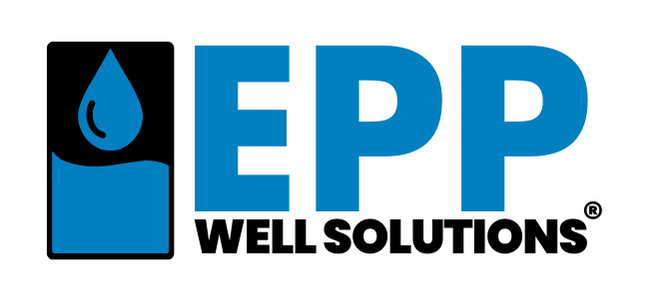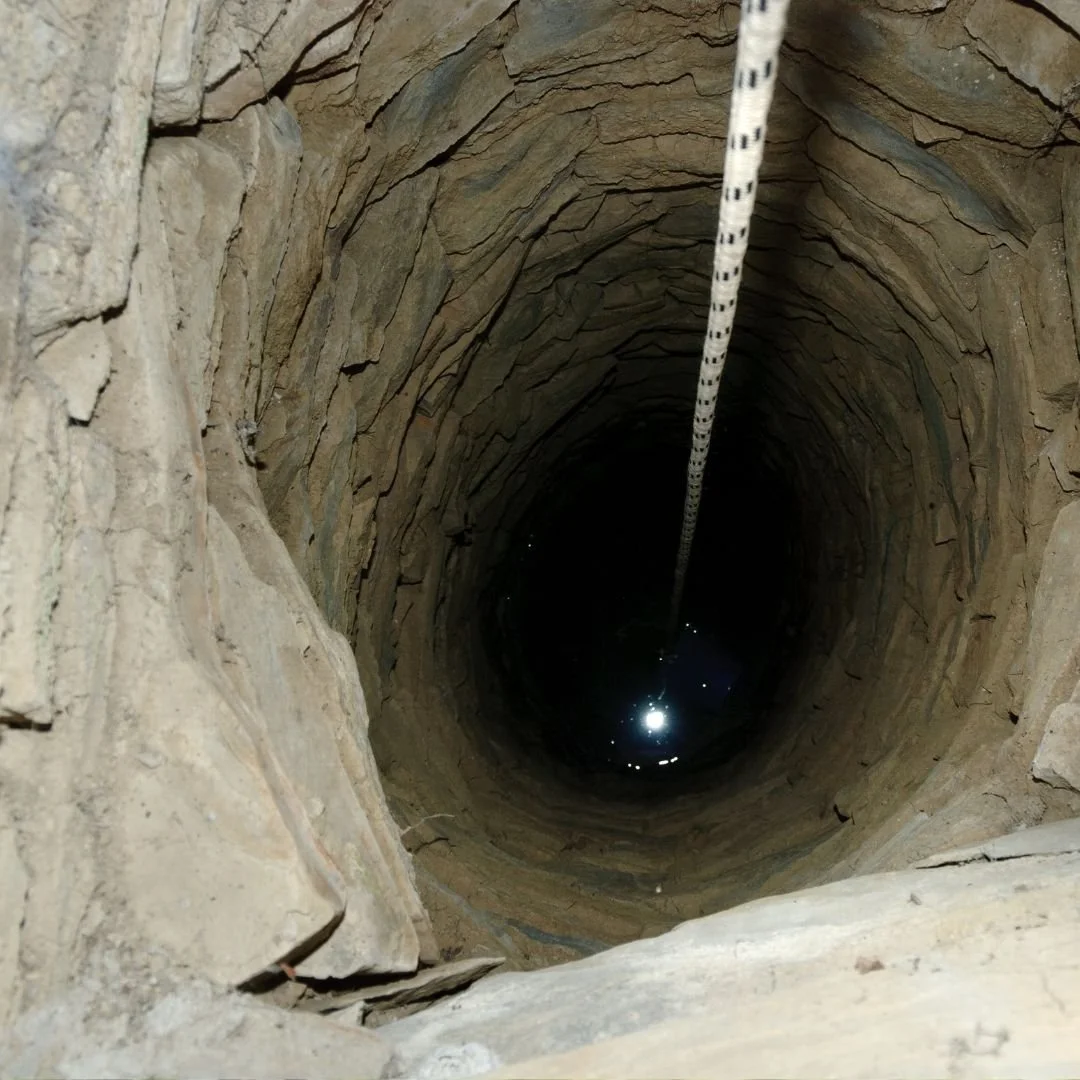How to Calculate Your Well's Recovery Rate
For homeowners relying on private wells, understanding the well’s recovery rate is critical for managing water supply, especially in low-yield wells producing less than 1 gallon per minute (GPM). The recovery rate, or the speed at which a well refills after water is pumped out, determines sustainable water draw without depleting the aquifer or damaging the pump. In deep wells, where static water levels can be hundreds or thousands of feet down, making them unreachable by standard tools, measuring this rate poses unique challenges. Over-pumping beyond the recovery rate risks dry runs, pump burnout, and aquifer damage. In 2025, with advanced monitoring technologies, calculating recovery rates in deep wells is more accessible. This article explains what recovery rate is, why it matters, how to measure it in deep wells with unreachable static levels, factors affecting it, interpreting results, and integrating solutions to optimize low-yield wells.
What Is Well Recovery Rate?
The well recovery rate is the rate at which groundwater recharges the well after pumping, measured in GPM or gallons per hour (GPH). It reflects the aquifer’s ability to replenish water through surrounding soil or rock. Unlike well yield, which measures maximum output during pumping, the recovery rate indicates sustainable water availability. For example, a low-yield well might yield 0.5 GPM during pumping but have a recovery rate of 0.3 GPM, meaning it refills slowly. In deep wells (300–1,000+ feet), where static water levels are unreachable by tools like wetted tapes, specialized methods are required. Knowing this rate helps match water usage to well capacity, preventing issues like cavitation in low-yield wells, where limited recharge heightens risks.
Why Recovery Rate Matters
The recovery rate directly affects a well’s reliability and longevity, especially in low-yield wells where water is scarce. Exceeding the recovery rate can lower the water table, introduce sediment, and damage the pump, particularly in deep wells where submersible pumps operate under high pressure. For households using 200–300 gallons daily, a low recovery rate (e.g., 0.3 GPM) limits sustainable use, necessitating conservation or storage. Accurate recovery rate data informs pump sizing, usage schedules, and system upgrades, preventing over-pumping. In 2025, with a focus on sustainable water management, understanding recovery rate ensures aquifer health and system efficiency, especially in deep wells with complex recharge dynamics.
How to Measure Recovery Rate in Deep Wells
Measuring recovery rate in deep wells with unreachable static water levels requires specialized methods, as traditional tools like wetted tapes (limited to ~90 feet) are ineffective. Here’s a step-by-step guide using accessible techniques for deep wells (300–1,000+ feet):
Preparation: Turn off the pump for 12–24 hours to allow the well to stabilize at its static water level. Gather tools: a pressure transducer or air line, a flow meter, a stopwatch, and a pressure gauge. Professional assistance may be needed for deep wells due to equipment complexity.
Pump the Well: Run the pump at its normal rate (e.g., 5 GPM for a submersible pump, measured with a flow meter) for 10–15 minutes or until significant drawdown occurs. Record the volume pumped (e.g., 50 gallons).
Measure Initial Water Level: Stop the pump and immediately measure the water level using a pressure transducer or air line. For the air line method, lower a small-diameter tube below the expected water level, pump air until pressure stabilizes, and convert pressure (psi) to feet of water (1 psi = 2.31 feet). Subtract from the tube’s length to estimate the water level (e.g., 500 feet below surface).
Monitor Recovery: Measure the water level at intervals (e.g., every 5–10 minutes) for 30–60 minutes or until recovery slows significantly. A pressure transducer, left in the well, provides continuous readings for precision.
Calculate Recovery Rate: Convert water level changes to volume using the well’s diameter (e.g., a 6-inch well holds ~1.5 gallons per foot). For example, if the level rises 10 feet in 30 minutes, that’s 15 gallons recovered, yielding a rate of 15 ÷ 30 = 0.5 GPM. Average multiple tests for accuracy.
Pressure transducers are preferred for their precision in deep wells, but air lines are more affordable for homeowners. Professional well testers can enhance accuracy with automated loggers.
Factors Affecting Recovery Rate
Several factors influence a well’s recovery rate, tied to geology and system design. Aquifer type is critical: porous sand or gravel aquifers recharge faster than dense bedrock, which may yield only 0.2–0.5 GPM in low-yield wells. Well depth and diameter affect recovery; deeper wells access more water but may recharge slowly if the aquifer is limited. Seasonal variations, like rainfall or dry spells, impact recharge, with wet periods boosting rates and droughts reducing them. Well condition matters—sediment buildup or clogged screens restricts inflow, lowering recovery. Pump settings also influence results; in deep wells, submersible pumps must be set below the dynamic water level to avoid cavitation. Understanding these factors helps interpret test results and plan water use.
Interpreting and Using Results
The recovery rate guides sustainable water management. A rate of 0.5 GPM (30 GPH) in a low-yield well provides 720 gallons daily, sufficient for a small household but limiting for high-demand tasks like irrigation. If usage exceeds this (e.g., 1,000 gallons daily), conservation or storage is needed. Compare the rate to the pump’s output; a 5 GPM pump in a 0.5 GPM well risks over-pumping without buffering. Low rates (below 0.3 GPM) may indicate aquifer limits or well issues like incrustation, requiring cleaning or well rehabilitation. Higher rates (above 1 GPM) offer flexibility but still need monitoring to prevent long-term drawdown. Use results to adjust pump settings, schedule usage (e.g., spacing out laundry’s 15–30 gallons per load), and plan system upgrades.
Addressing Low Recovery Rates
For low recovery rates (e.g., 0.2–0.5 GPM), several strategies optimize water use. Install a low-flow pump or flow restrictor to match the recovery rate, reducing cavitation risk. A larger pressure tank (20–40 gallons) buffers demand, allowing recharge during low-use periods. Conservation measures, like low-flow fixtures or staggered appliance use, align consumption with recovery. Well rehabilitation, such as acid washing or hydrofracturing, can boost recharge by clearing blockages, though it’s invasive. Drilling a deeper well or adding a second well may be necessary if aquifer limits persist, but this is a significant undertaking. Storage systems can compensate for low rates, ensuring consistent supply.
Low Yield Wells with the Well Harvester
For low-yield wells, a storage system enhances water management by aligning usage with the recovery rate. The Well Harvester from Epp Well Solutions stores up to 215 gallons in a well water holding tank, buffering demand to prevent over-pumping. Its automated controls and touchscreen interface monitor water levels and flow, ensuring the pump draws within the well’s capacity. This reduces strain on the system, preventing dry runs and extending pump life. The Well Harvester’s compact, FDA-approved tank makes it an ideal complement for low-yield wells, providing reliable water delivery.
Calculating your well’s recovery rate is vital for managing a private water system, particularly in low-yield wells with deep, unreachable static levels. Using methods like pressure transducers or air lines, homeowners can measure recharge accurately, informing pump sizing, usage schedules, and system upgrades. Regular testing, combined with maintenance and solutions like the Well Harvester, ensures a consistent water supply while protecting the well and aquifer. By mastering recovery rate calculations, well owners can maintain system longevity and reliability for years to come.


